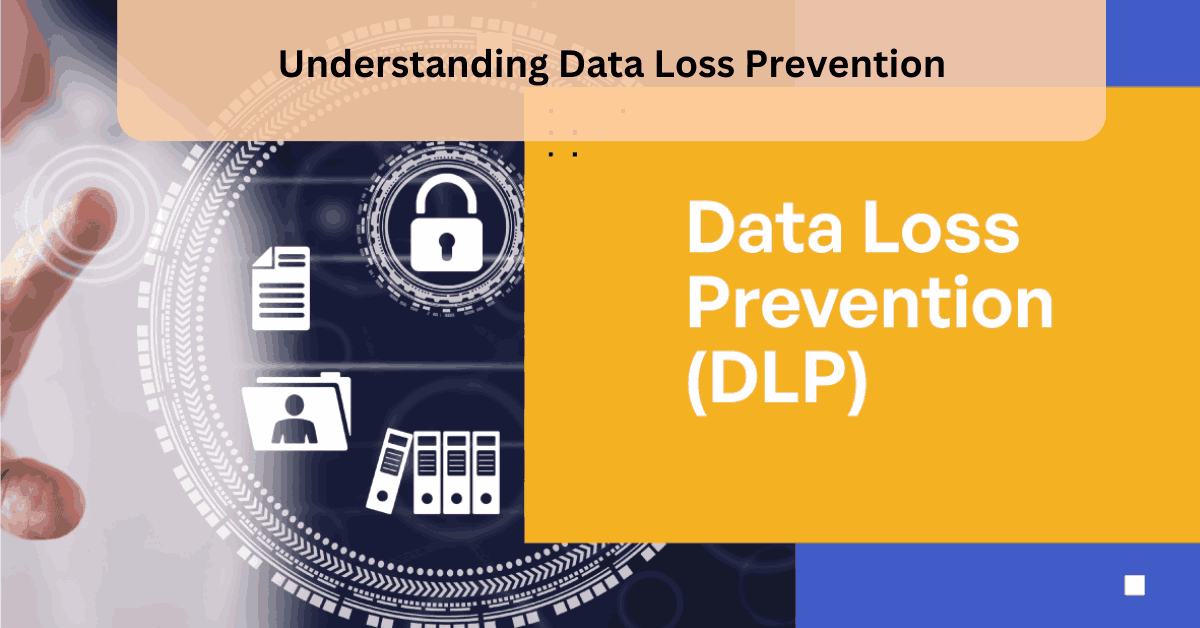Data loss prevention is a collection of best practices and software tools that protect sensitive information from leakage or misuse. It includes methods to identify, monitor, and safeguard data in use, motion, or rest.
Your company likely handles sensitive information such as client names, email addresses, product development details, or intellectual property. This kind of information is attractive to cybercriminals.
What is DLP?
In the ongoing battle against cyber threats, Data Loss Prevention (DLP) emerges as a vital defense mechanism. But what is data loss prevention? DLP is a set of tools and procedures used to detect, prevent, or stop data loss, leakage, or misuse by insiders or attackers. It is a critical component of an organization’s security strategy.
DLP can be deployed on endpoints, networks, the cloud, or any combination. Each deployment architecture has its own set of benefits and weaknesses. Choosing an implementation architecture depends on your primary DLP objective, such as gaining visibility into your data assets or meeting compliance regulations.
The first step in DLP is establishing a data classification system. Then, you can create and enforce policies that determine how each data category should be handled. This can be done using rules, pattern matching, or database fingerprinting. For example, a rule can be configured to look for phrases such as “quarterly financial report” or 16-digit credit card numbers in outgoing emails and block them.
This can help protect against insider threats and meet compliance regulations such as HIPAA or GDPR. It can also prevent data exfiltration, the unauthorized forwarding or copying of internal data.
Why is DLP important?
DLP is essential to safeguarding the lifeblood of modern businesses against sophisticated cyber threats. DLP enables organizations to monitor where data is going and who is accessing it. When an unauthorized action may occur, the tool will flag the action or alert security teams. It also can block, encrypt, or otherwise protect data before it leaves the corporate network.
Increasingly sophisticated cybercriminals are targeting business data to steal information for financial gain. The frequency and magnitude of significant data breaches—from the Equifax hack to the massive Yahoo breach—reinforces the need for a robust DLP solution.
Internal threats, such as departing employees with hard feelings or those seeking a leg-up at their new employer, can leak or destroy sensitive corporate data. By identifying and blocking risky data, DLP can help stop unauthorized forwarding, copying, or destruction.
DLP can reduce the cost of a data breach, including financial losses from ransomware payments, lost customer trust, and lawsuits from affected parties. It can also bolster a company’s reputation and brand image by protecting its name from being tarnished by a data loss incident.
What is DLP software?
DLP software helps businesses protect sensitive information from cyber attackers who seek to reroute, publish, or sell confidential data. The technology works by identifying and tagging sensitive data and enforcing security policies regarding its movement throughout the network.
The first step is to conduct a complete inventory of sensitive data to determine what protection protocols are needed. Some of the most critical data to protect include personally identifiable information, financial information, public data, and intellectual property. Once the inventory is complete, cybersecurity teams can create rules for protecting the most critical data.
Once the rules are in place, DLP begins monitoring for sensitive information. When it detects a threat, it can take action by alerting the cybersecurity team, logging a message for auditing, or blocking the transmission of sensitive data to prevent a breach.
More advanced DLP solutions can even educate employees by prompting users when they are about to transfer risky data and allowing them to review their actions before proceeding. This can help reduce accidental data breaches caused by untrained or negligent employees.
How does DLP work?
DLP tools and software discover, classify, monitor, and protect sensitive data. They help businesses identify risks, mitigate vulnerabilities, and detect unauthorized network data flows. They can also help meet compliance requirements and auditing demands.
A DLP program is most effective when it starts with a risk assessment identifying critical data assets and where they reside. This information helps determine which policies to enforce.
Once the initial risk assessment is completed, organizations should create a framework of data handling and protection policies. This should include a classification system that categorizes information by sensitivity and sets protection protocols accordingly. Typical classifications include personally identifiable information, financial data, intellectual property, etc.
The next step is deploying DLP technology that identifies and intercepts sensitive data as it moves around the network. This includes security systems like intrusion detection and prevention systems (IPS) and security information and event management (SIEM) solutions that monitor data movement, detect strange or suspicious behavior, and alert staff when sensitive data is redirected outside the corporate network. It also includes file security solutions, such as Imperva’s file firewall, that safeguard data at rest and in use.
What is DLP technology?
DLP is the technology behind data loss prevention. It enables businesses to create policies that dictate what an employee can or cannot do with sensitive information. DLP systems monitor network activity and identify unauthorized actions. These could include screen-capturing, copying/pasting, or printing operations on sensitive data or attempts to send confidential information via email, cloud services, and other communication channels.
DLP solutions also offer security features to protect sensitive information as it moves through the organization’s infrastructure. These include encryption methods to protect data in transit and access control or content inspection technologies to monitor data at rest. DLP technology scans the entire business for sensitive information and identifies potential threats.
The first step in effective DLP is a thorough inventory and assessment of the organization’s data assets. Then, security teams must classify the data based on its value to the company and how it is protected by law (e.g., PII, financial data). Some DLP tools will help organizations with this process by scanning and classifying data automatically.






